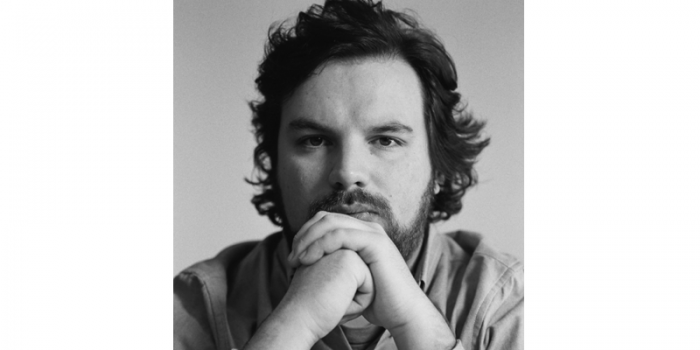David Buckley delves into the detail of his latest ‘Orchestral Effects’ trilogy
By West One Music Group

World renowned composer David Buckley is no stranger to breaking new ground with his prestigious film and TV score work. His latest orchestral trilogy through West One Music Group doesn’t disappoint – a first-of-its-kind, a full array of orchestral sounds and effects in a premium sound palette toolkit. West One Music Group President, Edwin Cox, sat down with Buckley to discuss the inspiration behind the trilogy.
Edwin Cox: Your new collection has just been released on our West One Music label. There are three albums in the series: Orchestral Effects Volume 1: Strings; Volume 2: Brass; and Volume 3: Orchestra. Could you tell us a bit about your inspiration behind the collection?
David Buckley: This project has been three years in the making. I have written a lot of fully formed pieces and we recognised that there is an increasing need from editors for orchestral music – specific orchestral sounds packaged in a way to give them some control over its use. Our approach was “What’s the missing gap here? What really inspiring things can an orchestra do, that isn’t melody driven?” We recorded, for example, some high clusters of strings and some low, pounding, grating, choppy string sounds. Then we tried it with brass. We wanted to get this right up front and create an ultimate collection of varied textures from the whole orchestra, encompassing as many emotions as possible – from creepy and scary to subtle and more profound. Some tracks are very lengthy and involved, some tracks are very short. The intention was to give editors a premium toolkit at their fingertips – a big collection of unique stems they can just drop in to their timelines and curate something great.
In terms of some of the sounds and effects included within the series, I think of particular note is what has now become known as a ‘braam brass sound.’ Are there any other effects that you have identified that are becoming a trend when it comes to sound palettes?
Typically, in a trailer you may hear little interstitial sounds that are coming from synths but in a recent trailer I saw it was more the cello making this sound. It wasn’t an overly complicated composition or device, but it was really effective within the context of the overall trailer sound. It spoke so clearly. It made me think that less is more. The way we’ve designed this Orchestral trilogy, we can either be minimal or more full-on. The editor has the choice and can layer sounds.
A lot of these ideas came from when I score films. Very often, you need something non-conventional from the orchestra – sort of weird, yet contemporary.
I do think there’s an era now where individual, unusual sounds are being embraced more and more. The famous Brahms sound – you might think that’s a string player, hitting the strings with the back of the bow, a technique called col legno. We’ve recorded a variety of those in our collection – an interesting placement of them within the course of a trailer or anything else will create a sonic identity which will be recognisable, especially if striving for a more minimal aesthetic.
I see the aesthetic changing…
Yes, I think there’s now a chance to design something with more distilled, raw elements.
And keeping it simple sometimes has more power and more effect.
Exactly. The simplicity is there, but also one should never underestimate that if you were to stack five or six of these sounds up, you could build something quite monstrous. It really does tick many boxes, giving it a lot of potential for different usages.
Is there anything special in the way the pieces were recorded that helps them work together?
We wanted to make sure we covered all the territories an orchestra offers. We did something intense and high up and then something low and murky. Something else we did was have a brass idea that works on its own, but also a string idea that works in concert of that – giving editors the option of having them separately or together. We have tried to think about what gives the most flexibility and possibilities to editors.
In terms of what else is available on the market, is there anything else that you think is equivalent to this?
As far as I’m aware, this is a first in terms of trying to get as much as we can from an orchestra. I feel that there is a turning toward more organic sounds – synthetic sounds and electronic sounds are still going to be part of the palette, as it should be, but the best thing is that we widen palettes and have variety. I have noticed trends in trailers, my work with West One Music Group and also my scoring for film and television. Even if a sound is manipulated and twisted it has a resonance that an audience knows. It feels great to present this full array of what the orchestra can do in this non-traditional territory. I think in terms of its scope and range that this is probably the first of its kind and hopefully will be embraced and seen as very useful and accessible by editors and others who are craving this sort of material.
David Buckley Strings: Orchestral Effects Volume 1 is available on westonemusic.com – http://www.westonemusic.com/album/wom-459/orchestral-effects-volume-1-strings
